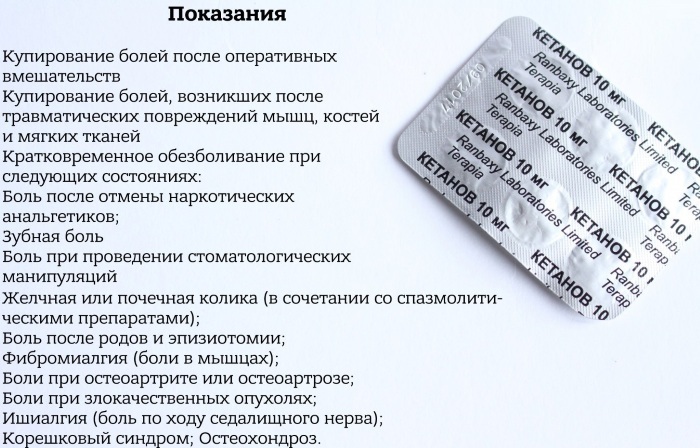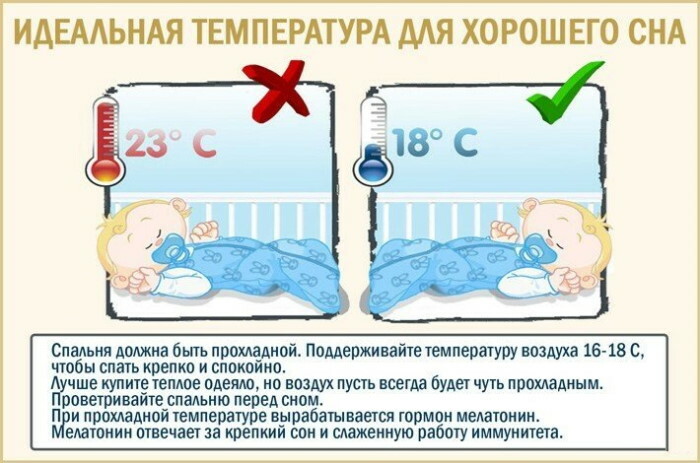Content
- HOW TO DETERMINE YOURSELF SYMPTOMS TYPE II DIABETES (DM II) (diabetes)
- RISK GROUPS OF TYPE II DIABETES (DM II) (diabetes)
- REASONS OF THE APPEARANCE OF DIABETES SUGAR (diabetes)
- DIAGNOSTICS OF DIABETES SUGAR (diabetes)
- Prediabetes (diabetes)
- DIABETES TYPE II (DM II) (diabetes)
Diabetes mellitus people of different age categories, skin color, and social groups are ill. They are constantly monitored by doctors to avoid complications. With such a disease, people have long been accustomed to living normally and determining its initial stages.
Meanwhile, a very large proportion of patients diagnosed with diabetes suffer from very serious complications of this disease. And often, various complications become the cause of death in cases of missing or incorrect treatment. Heart pathologies are considered one of the most common.
Experts record two types of this unpleasant ailment: type 1 diabetes mellitus (DM I) and type 2 diabetes mellitus (DM II). Moreover, diabetes mellitus I is characteristic mainly for a young age, patients over 40 are more located in the second.
HOW TO DETERMINE YOURSELF SYMPTOMS TYPE II DIABETES (DM II) (diabetes)
The shape of type II diabetes is different a slight lack of insulin in the tissues. Symptoms of the disease may appear gradually. It is this reason that explains the fact that people are in no hurry to turn to specialists for treatment.
When should you be on your guard? The signal for the need to make an appointment with a specialist should be the following symptoms of type II diabetes:
itching of the mucous membranes and itching of the skin, possibly the groin area; dizziness; poor healing of wounds and lesions on the skin; dry mouth and constant thirst; cloudy eyes; frequent and profuse urination, especially at night; constant fatigue and weakness; the appearance of skin pustules; drastic weight loss.
Further examination can definitely show abnormalities such as problems with the peripheral nervous system, cardiac ischemia. Progressive destructive processes in the vessels significantly reduce the body's immunity, this can provoke the appearance of furunculosis, fungal manifestations on the feet. In the most difficult situations, the onset of a hyperosmolar coma is possible.
RISK GROUPS OF TYPE II DIABETES (DM II) (diabetes)
Patients of the age group over 40 are shown to continuously monitor their health and well-being in order not to miss diabetes. A blood test is required annually to monitor blood sugar levels. This is especially true for people with high triglyceride density and low blood cholesterol and blood pressure problems. Also at risk are people with an abnormal weight and are not particularly physically active, not to mention those who have a genetic predisposition to type II diabetes. Type II diabetes does not bypass even those people who do not have problems with obesity, but they have excess fat in the waist area.
REASONS OF THE APPEARANCE OF DIABETES SUGAR (diabetes)
Circumstances affecting the onset of diabetes are incorrect eating behavior, limited physical activity, extra pounds, genetic predisposition.
Type II diabetes - This is a violation of the sensitivity of human tissues to insulin or a disorder of insulin secretion.
Insulin Is an important hormone that regulates blood glucose. It is created by the cells of the pancreas. In the presence of diabetes mellitus II, the pancreas stops producing insulin. There may be a situation in which the body does not accept the insulin produced for some reason.
Insulin, and this is its fundamental importance, is responsible for the metabolism of carbohydrates, fats, proteins and electrolytes, making it possible to transport glucose and protein across the cell membrane. At first, endogenous insulin penetrates the liver, then the remaining small percentage - into the blood and kidneys.
Its global significance lies in control and disposal of sugar insulin-dependent tissues and the penetration of glucose into the bloodstream.
What tissues are insulin dependent? The main insulin-dependent organs are liver, human muscles, adipose tissue, vascular endothelium, nervous tissue and lenses of the eyes. Glucose cannot enter these tissues and organs without the direct participation of insulin. Its deficiency or tissue immunity to it creates the prerequisites for glucose to remain in the blood.
Therefore, it was found that type II diabetes occurs as a result of counterproductive use of insulin by the body. At the same time, it is believed that insulin deficiency in such situations is conditional, since it is in the blood and even possible in high concentrations, but insulin-dependent tissues and organs are not sensitive.
Diabetes mellitus type II may initially be characterized by long-term asymptomatic treatment, but then the symptoms begin to develop methodically. Therefore, the presence of the disease can be detected after years of the patient's life. Obesity is a common concomitant ailment in a person with type II diabetes.
DIAGNOSTICS OF DIABETES SUGAR (diabetes)
If there is a suspicion of diabetes mellitus, an immediate seek the help of an endocrinologist for the purpose of carrying out a complex of laboratory studies. They consist in establishing the value of the concentration of sugar in the blood. For a more detailed study, a laboratory differential diagnostic method is used. Dif. diagnosis removes the assumption of the presence of diseases with similar symptoms. A necessary component in the diagnosis should be the HbAlc test, which evaluates cardiovascular pathologies.
Establishing blood glucose levels. This is a key laboratory test for diabetes. Blood sampling of this study is carried out twice - on an empty stomach and 2 hours after eating.
The World Health Organization standard defines that in the presence of a sugar concentration exceeding 7 mmol / l, then this indicates the development of diabetes. If the level is lower, we can talk about reduced sensitivity or, as they say, the tolerance of cells of insulin-dependent tissues to insulin.
Study of the level of C-peptide - proteinwhich appears during the synthesis of insulin in the pancreas. According to the indicators of determining its level, it is possible to analyze the functionality of the pancreas. The normal value of the blood peptide is 1.1 - 4.4 ng / ml. If the C-peptide criterion is below this value, it is concluded that the insulin sensitivity of the pancreas is low.
Another important study is considered analysis of the content of glycated hemoglobin. Its normal concentration is considered to be from 4% to 5.9%. High blood sugar results in an increase in glycated hemoglobin.
Analysis of the indicator of sugar in urine. A normal indicator of glucose in urine is considered to be no higher than 8.8-9.9 mmol / L excrementthat.
Prediabetes (diabetes)
Prediabetes - This is the initial dysfunction of carbohydrate metabolism. Its true symptoms are impaired glycemia and glucose tolerance. Changing eating habits, little exercise, healthy sleep and daily routine can prevent the onset of diabetes mellitus, or at least delay it. There is an opinion that the appearance of type II diabetes can provoke such bad habits as smoking, drinking alcohol and being in a stressful situation. Therefore, in order to prevent this disease, it is necessary to fight bad habits, observe a full-fledged mode of work and rest, and avoid stress.
Patients are advised to undergo an annual examination and donate blood for glucose. Also, such people are advised to reduce the consumption of junk food and increase physical activity.
DIABETES TYPE II (DM II) (diabetes)
If specialists have diagnosed you with type 2 diabetes mellitus (DM II), you must immediately begin therapy. For this, the endocrinologist must determine the accompanying diseases and prescribe the necessary therapeutic procedures for the patient, including antihyperglycemic therapy. In this case, the doctor relies on the results of laboratory tests and existing pathologies.
Sometimes an endocrinologist prescribes an additional examination for a patient with type II diabetes in order to prevent possible deterioration of the patient's condition. For its passage, the doctor often directs an ophthalmologist to conduct an examination of the fundus and assess the completeness of vision at the time of diagnosis of type II diabetes mellitus.
There is also a list necessary examinationsthat a patient with type II diabetes is obliged to NSspend annually. These are examinations such as ECG and chest x-ray. Upon receipt of appropriate indications, the patient may be prescribed the following additional examinations:
- For arterial hypertension or dyslipidemia - examination by a cardiologist
- If kidney disease is detected, referral to a urologist
- In case of poor wound healing and loss of limb sensitivity - examination by a neurologist.
An endocrinologist usually prescribes an individual treatment plan for each of his wards. There are no standard programs, the treatment is prescribed by the doctor in accordance with the presence of concomitant diseases in the patient, his lifestyle and the tendency to hypoglycemia. During the selection of the treatment program, the patient constantly visits the doctor in order to monitor and adjust it.
It should be noted that the difference from patients with diabetes mellitus of the first group from the second is that the first are registered with an endocrinologist, and patients with type II diabetes in as a result of the selection of an individual program for the treatment of their disease in the absence of severe cardiovascular problems, they are periodically monitored by therapist.
PREVENTION OF DIABETES MELLITUS TYPE II
The main measures for the prevention of diabetes mellitus include:
- Annual blood sugar test;
- Weight control and daily exercise;
- Changing eating behavior towards a balanced diet;
- Regular visits to an endocrinologist, women also a gynecologist;
- Compliance with the water balance in the body;
- Development of stress resistance.
Preventing Diabetes Mellitus Is Very Importantbecause it allows minimize the risks of diabetes in your life. Moreover, the subsequent fight against the disease will be much more serious than compliance with these simple rules. If you have already been diagnosed with type II diabetes mellitus, then a properly selected treatment and nutrition program will allow you to understand that diabetes mellitus is not a death sentence. With him you can live a long, happy life without losing its quality.



